Nori Mouse TGFb3 ELISA Kit
$508.00 – $916.00
This ELISA kit is for quantification of TGFb3 in mouse. This is a quick ELISA assay that reduces time to 50% compared to the conventional method, and the entire assay only takes 3 hours. This assay employs the quantitative sandwich enzyme immunoassay technique and uses biotin-streptavidin chemistry to improve the performance of the assays. An antibody specific for TGFb3 has been pre-coated onto a microplate. Standards and samples are pipetted into the wells and any TGFb3 present is bound by the immobilized antibody. After washing away any unbound substances, a detection antibody specific for TGFb3 is added to the wells. Following wash to remove any unbound antibody reagent, a detection reagent is added. After intensive wash a substrate solution is added to the wells and color develops in proportion to the amount of TGFb3 bound in the initial step. The color development is stopped, and the intensity of the color is measured.
Alternative names for TGFb3: Transforming growth factor-beta 3,
This product is for Laboratory Research Use Only not for diagnostic and therapeutic purposes or any other purposes.
- Description
- How Elisa Works
- Product Citation (0)
- Reviews (0)
Description
Nori Mouse TGFb3 ELISA Kit Summary
Alternative names for TGFb3: Transforming growth factor-beta 3,
| Assay Type | Solid Phase Sandwich ELISA |
| Format | 96-well Microplate or 96-Well Strip Microplate |
| Method of Detection | Colorimetric |
| Number of Targets Detected | 1 |
| Target Antiben Accession Number | P17125 |
| Assay Length | 3 hours |
| Quantitative/Semiquantitative | Quantitative |
| Sample Type | Plasma, Serum, Cell Culture, Urine, Cell/Tissue Lysates, Synovial Fluid, BAL, |
| Recommended Sample Dilution (Plasma/Serum) | No dilution for sample <ULOQ; sufficient dilution for samples >ULOQ |
| Sensitivity | 6 pg/mL |
| Detection Range | 31.25-2000 pg/mL |
| Specificity | Mouse TGFb3 |
| Cross-Reactivity | < 0.5% cross-reactivity observed with available related molecules, < 50% cross-species reactivity observed with species tested. |
| Interference | No significant interference observed with available related molecules |
| Storage/Stability | 4 ºC for up to 6 months |
| Usage | For Laboratory Research Use Only. Not for diagnostic or therapeutic use. |
| Additional Notes | The kit allows for use in multiple experiments. |
Standard Curve
Kit Components
1. Pre-coated 96-well Microplate
2. Biotinylated Detection Antibody
3. Streptavidin-HRP Conjugate
4. Lyophilized Standards
5. TMB One-Step Substrate
6. Stop Solution
7. 20 x PBS
8. Assay Buffer
Other Materials Required but not Provided:
1. Microplate Reader capable of measuring absorption at 450 nm
2. Log-log graph paper or computer and software for ELISA data analysis
3. Precision pipettes (1-1000 µl)
4. Multi-channel pipettes (300 µl)
5. Distilled or deionized water
Protocol Outline
1. Prepare all reagents, samples and standards as instructed in the datasheet.
2. Add 100 µl of Standard or samples to each well and incubate 1 h at RT.
3. Add 100 µl of Working Detection Antibody to each well and incubate 1 h at RT.
4. Add 100 µl of Working Streptavidin-HRP to each well and incubate 20 min at RT.
5. Add 100 µl of Substrate to each well and incubate 5-30 min at RT.
6. Add 50 µl of Stop Solution to each well and read at 450 nm immediately.
Background:
Transforming growth factor, beta 3 (TGF-b3) belongs to a large family of cytokines called the Transforming growth factor beta super family (1, 2), which includes the TGF-β family, bone morphogenetic proteins (BMPs), growth and differentiation factors (GDFs), inhibins and activins. TGF-β3 is expressed in numerous cells including epithelial cells (3). TGF-β3 is a Ser/Thr protein kinase and is believed to regulate molecules involved in cellular adhesion and extracellular matrix (ECM) formation during the process of palate development. Without TGF-β3, mammals develop a deformity known as a cleft palate (4). This is caused by failure of epithelial cells in both sides of the developing palate to fuse. TGF-b3 is involved in embryogenesis and cell differentiation. TGF-b3 signaling activates transcription of the LEF1 gene to induce epithelial mesenchymal transformation during mouse palate development (5). TGF-b3 functions in normal palate and lung morphogenesis and is implicated in epithelial-mesenchymal interaction (4). Together with other members of TGF-b, TGF-β3 functions via endoglin, an accessory protein that interacts with the receptors of the TGF-β family (6); TGF-b3 has interaction with the type I receptor ALK-1 (7).
References
- ten Dijk P. et al. (1988) Proc. Natl. Acad. Sci. 85: 4715-9.
- Derynck R. et al. (1989) EMBO J. 7:3737-43.
- Djonov V. et al. (1997) Prostate 31: 103-9.
- Kaartinen V. et al. (1995) Nature Genet. 11: 415-21.
- Nawshad A. et al. (20030 J. Cell Biol. 163: 1291-1301.
- Barbara NP et al. (1999) J. Biol. Chem. 274: 584-94.
- Lux A et al. (1999) J. Biol. Chem. 274: 9984-92.
Be the first to review “Nori Mouse TGFb3 ELISA Kit”
You must be logged in to post a review.
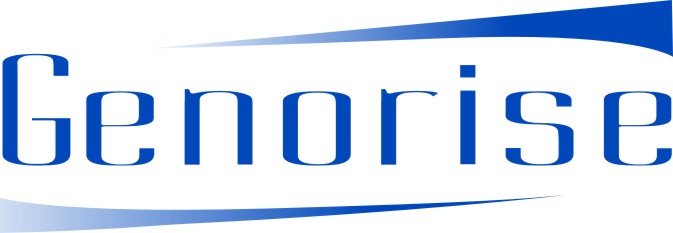

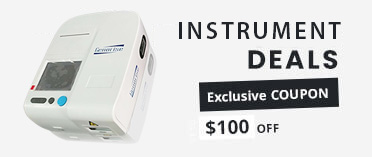
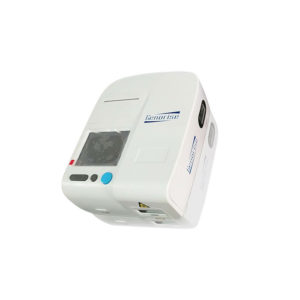
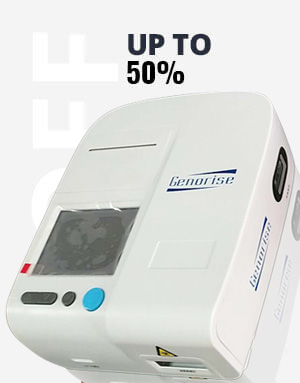


















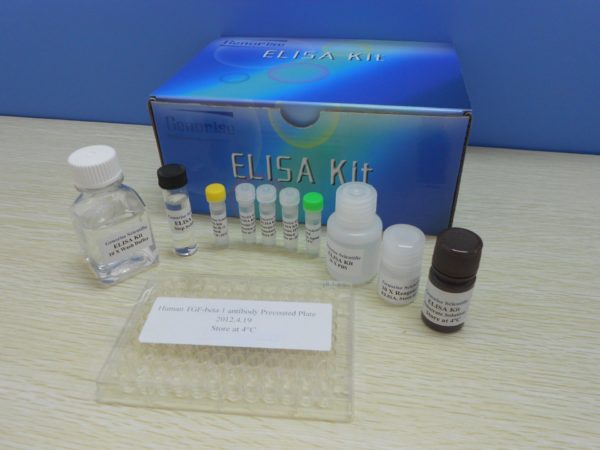
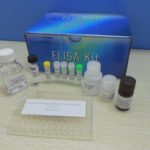
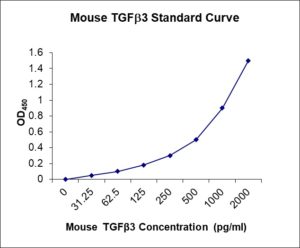
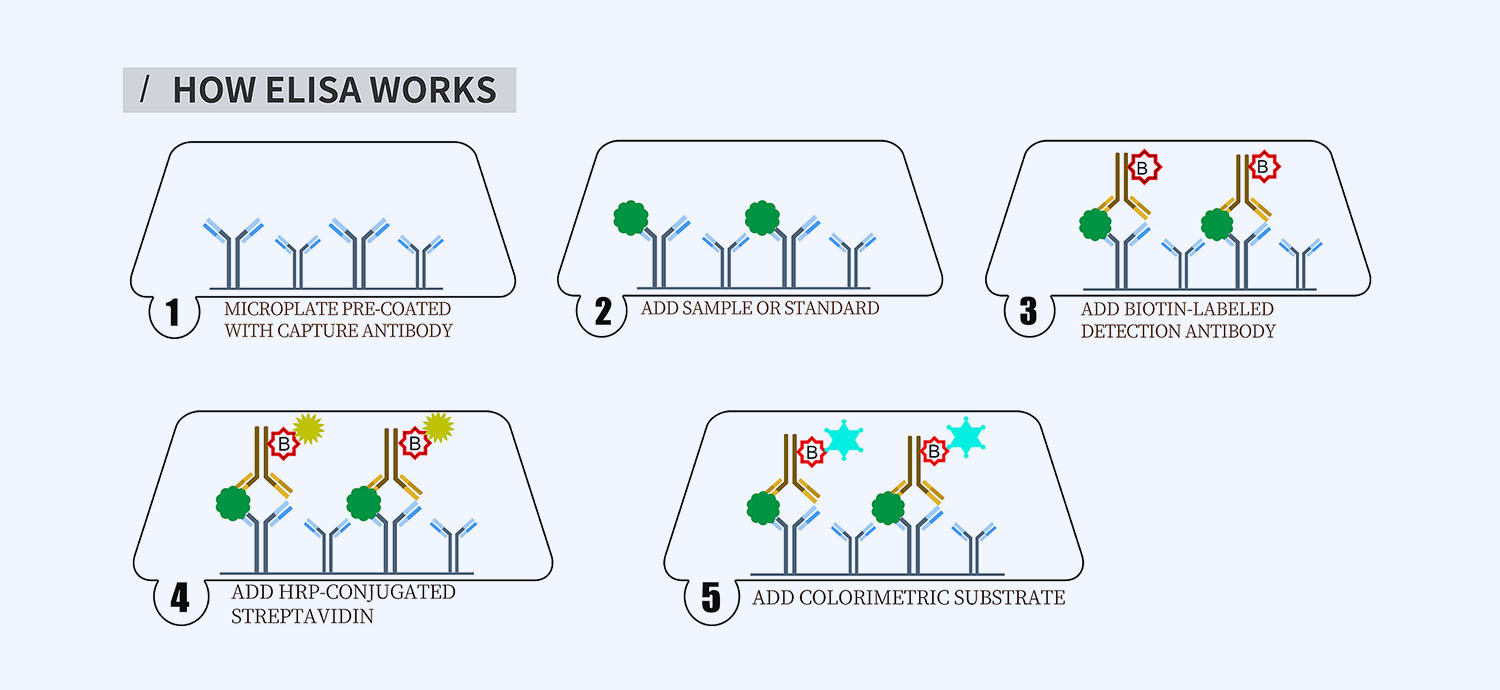
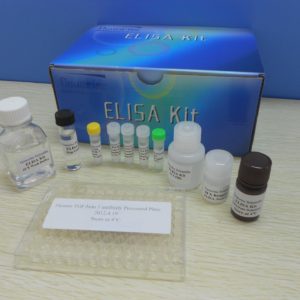
Reviews
There are no reviews yet.